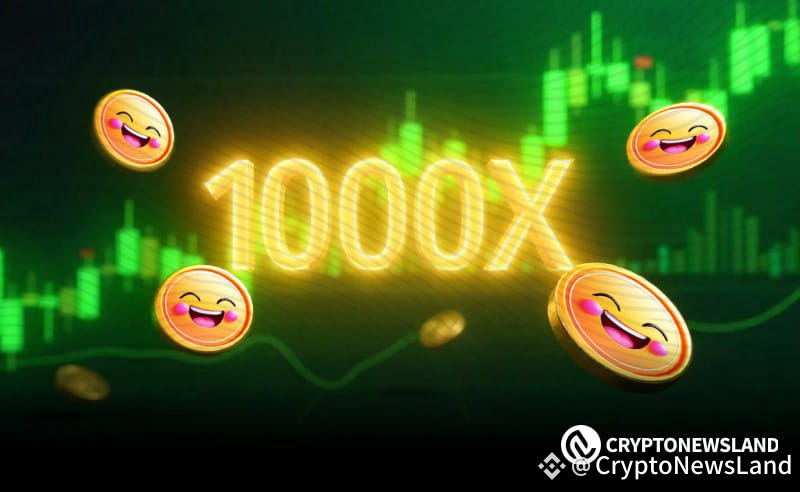
The five tokens cover different blockchain niches, minimising overlap and competition.
Both projects utilize innovative architectures that seek to address important scalability and interoperability challenges in the industry.
The long-term appreciation potential of such properties is strong and supported by high developer interest.
The cryptocurrency market has seen several of its leading performers in different segments that have been showing incredible development and adoption prospects. Five tokens—Qubic (QUBIC), Celestia (TIA), Solana (SOL), Tezos (XTZ), and LayerZero (ZRO)—have been identified by analysts as vibrant tokens with unmatched growth prospects.
Although they are all in operation, they all share a common set of features like revolutionary technology, scalable architecture, and potential to generate high yields. Market analysts observe that developer interest and institutional interest in these forms of projects are growing, as the projects have an unmatched potential to address emerging problems in blockchain. This cross-industry appeal makes them prime candidates for long-term watch on the digital asset market.
Qubic (QUBIC) — Modular Architecture for Revolutionary Blockchain Development
Qubic is a new kind of modular blockchain platform that lets developers use unprecedented flexibility to build their scalable apps. Its infrastructure allows fast processing and inter-chain connection, making it more useful for diverse use cases. Analysts highlight its possibilities as a means of facilitating future blockchain developments, and QUBIC is expected to be a lucrative and premium player in the infrastructural domain.
Celestia (TIA) — Exceptional Data Availability and Scalable Consensus
Celestia has proposed a distinct style of blockchain architecture through the decoupling of consensus and data availability. This architecture offers impressive flexibility and minimizes expenditure in decentralized applications. In market reports, this feature has been considered an unprecedented way to empower lightweight nodes, taking precedence over other elements that developers may use to achieve performance without limiting the security of their programs.
Solana (SOL) — High-Performance Transactions and Premier Network Growth
Solana continues to deliver phenomenal transaction speeds and low costs, supporting both DeFi and NFT ecosystems. Its outstanding throughput and unmatched uptime have made it a premier choice for applications requiring consistent performance. Observers note that its expanding developer base further strengthens its market position.
Tezos (XTZ) — Dynamic Governance and Adaptive Upgrades
Tezos is still a high-end blockchain with its self-amending protocol, which makes constant improvement without hard forks. It is a revolutionary form of governance system, which offers a level of stability that no other form can match, thus rendering itself profitable to long-term reliability-seeking projects. Analysts interpret its flexibility as a future determinant of relevance.
LayerZero (ZRO) — Cross-Chain Interoperability at a Stellar Scale
LayerZero also provides an impressive call-integration protocol to interlink various blockchains, allowing one to transfer assets and data across all possible networks. Its advanced architecture minimizes the friction between different ecosystems to generate profitable opportunities with developers. It has been noted that it has an unparalleled ability to facilitate liquidity across platforms.




